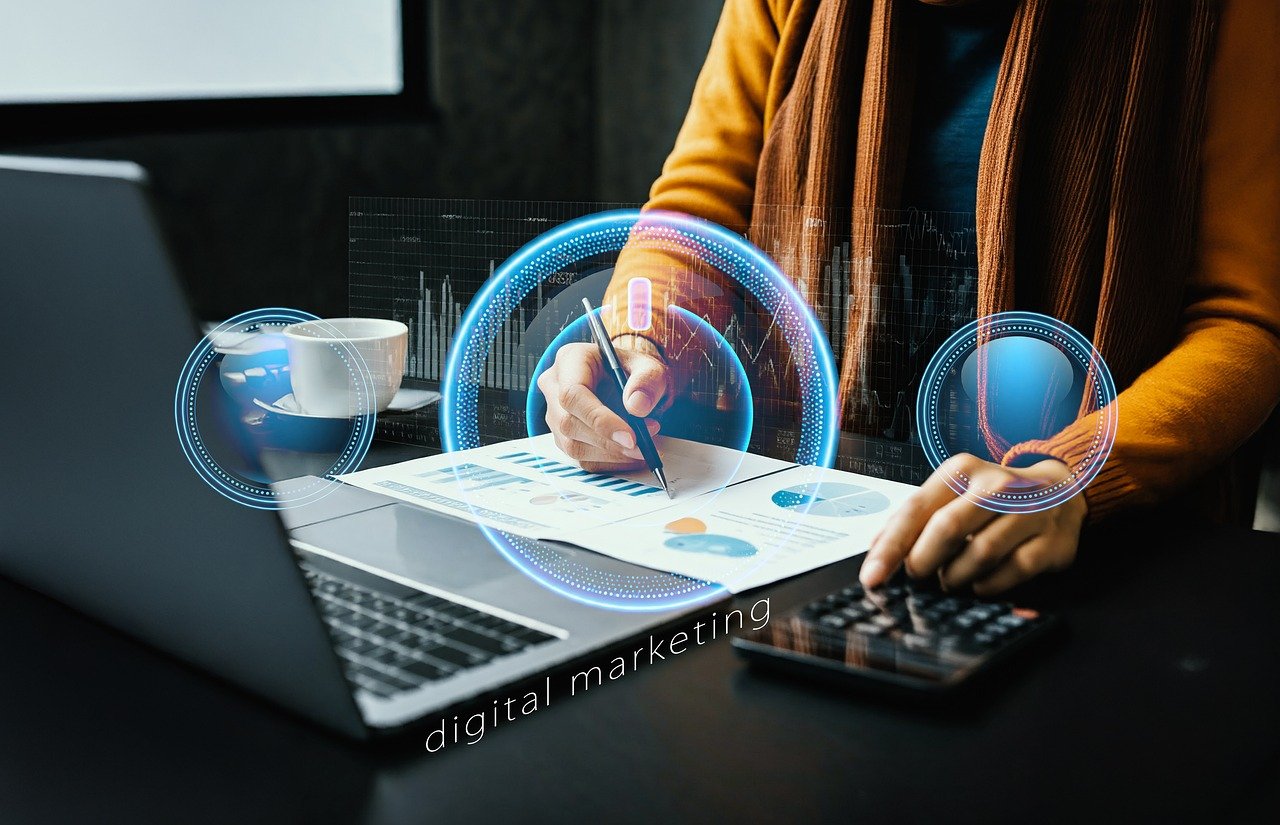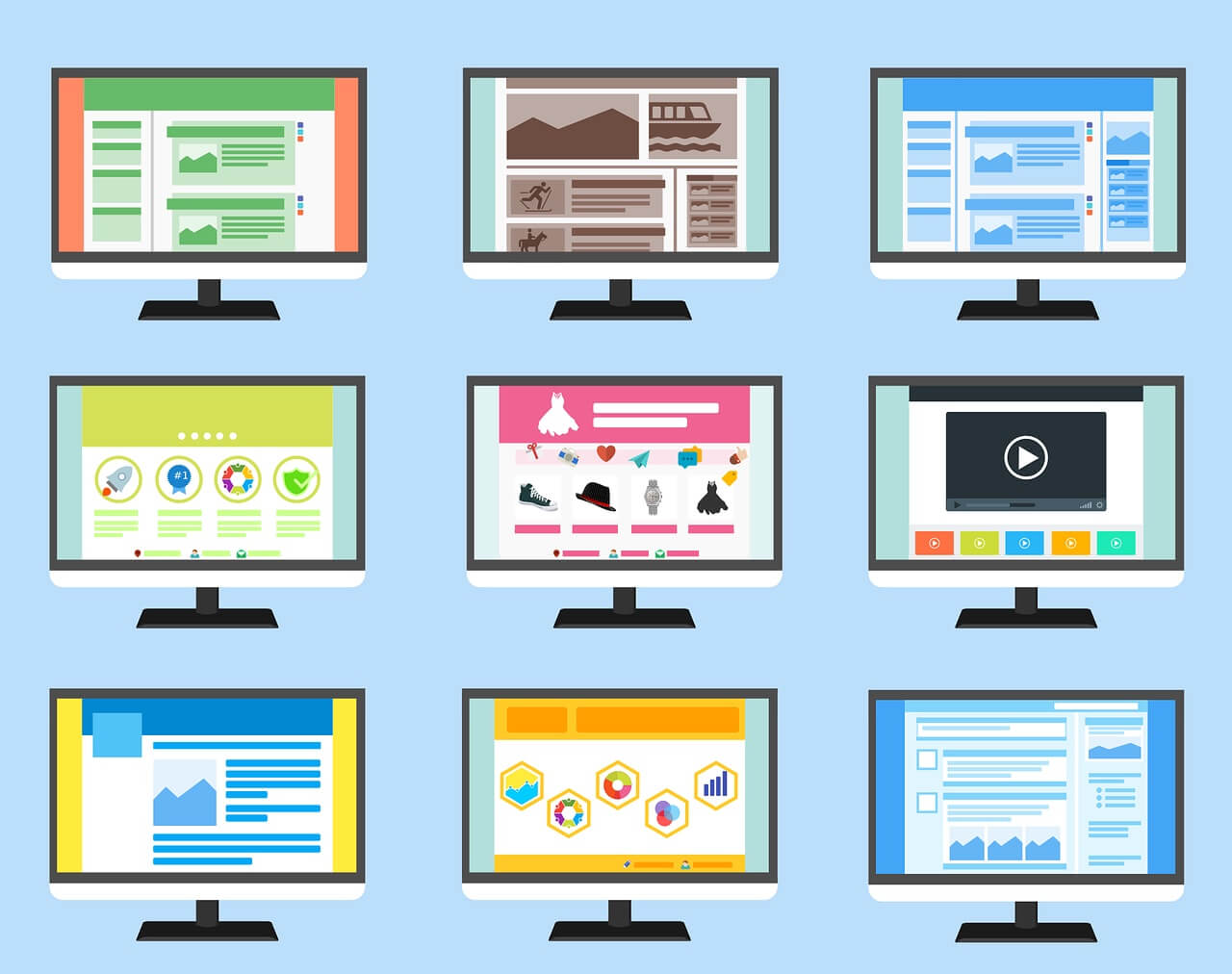After three decades navigating corporate leadership from London’s trading floors to Swiss boardrooms, I’ve discovered why breaking the glass ceiling isn’t enough for smart women (or men)!
If you prefer to listen rather than read:
The Numbers Tell Only Half the Story
Recent statistics show 10.4% of Fortune 500 CEOs are now women – a record high in 2024.
McKinsey reports that for every 100 men promoted from entry-level to manager, only 87 women make the same climb. By senior management, the ratio drops to 82 women for every 100 men. At the C-suite level? Just 74 women!
And although female workers typically outperform their male counterparts, men are more likely to get promoted, research by Kelly Shue, a professor of finance at Yale School of Management shows.
All these numbers reveal a pattern, but they hide a more profound truth.
Through my journey working across more than 125 countries and multiple industries, I’ve uncovered seven essential truths that every smart woman (and man!) needs to know about getting to the power at the top.
I’ll be sharing them in a Masterclass this coming Sunday; sign up to learn more.
1. Visibility Is a Double-Edged Sword
When one of my bosses stuttered and physically trembled during our meetings together, it wasn’t weakness – it was fear. And I was lucky enough to recognise this and adapt my behaviour.
Korn Ferry research shows that senior management, including CEOs (71%) and other senior executives (65%) are more likely than early-stage professionals (33%) to exhibit signs of imposter syndrome.
However, what’s rarely discussed is how this manifests as aggression toward rising women leaders, as my experience clearly showed.
The Harvard Business Review found that women leaders are 1.4 times more likely to be dismissed for mistakes and twice as likely to be criticised for their communication style.
Yet paradoxically, being invisible isn’t the answer either.
Strategic visibility requires understanding the delicate balance between presence and power.
Dr. Kizzmekia Corbett, the lead scientist behind the Moderna COVID-19 vaccine, navigated intense scrutiny and bias in the STEM field. Her strategic visibility and unwavering expertise not only advanced her career but also made significant scientific contributions that saved lives.
Key Takeaway: Strategically increase your visibility by volunteering for high-impact projects that align with your strengths and career goals.
2. Power Fears What It Can’t Control
In another position, my assistant was encouraged to spy on me and report my actions back to my boss.
When she confessed it to me, but only because the promised promotion didn’t happen, conventional wisdom suggests that I should try to rebuild trust.
Instead, I chose to professionally distance myself. We continued to collaborate but from then onwards, I only shared necessary information with her.
According to the Workplace Institute, 45% of damaged workplace relationships never recover, and attempting forced reconciliation often decreases productivity by 32%.
Modern power dynamics research shows:
- 67% of women leaders face covert surveillance
- 58% experience subtle undermining from peers
- 73% report indirect challenges















 Juvena of Switzerland: The short message to “Enjoy the smoothness” on the back of the Juvena hand cream sample tube, makes the experience both …
Juvena of Switzerland: The short message to “Enjoy the smoothness” on the back of the Juvena hand cream sample tube, makes the experience both … 









